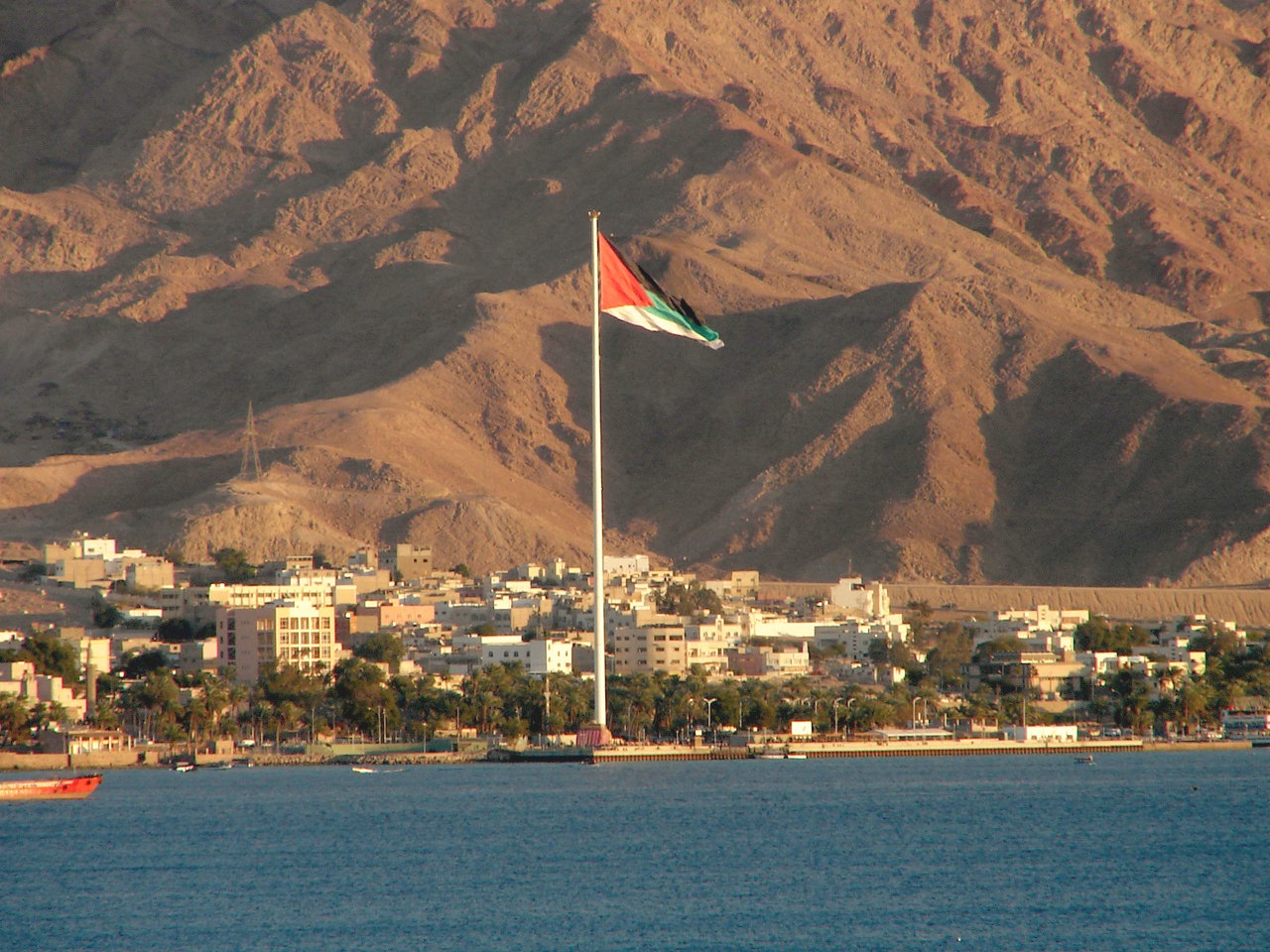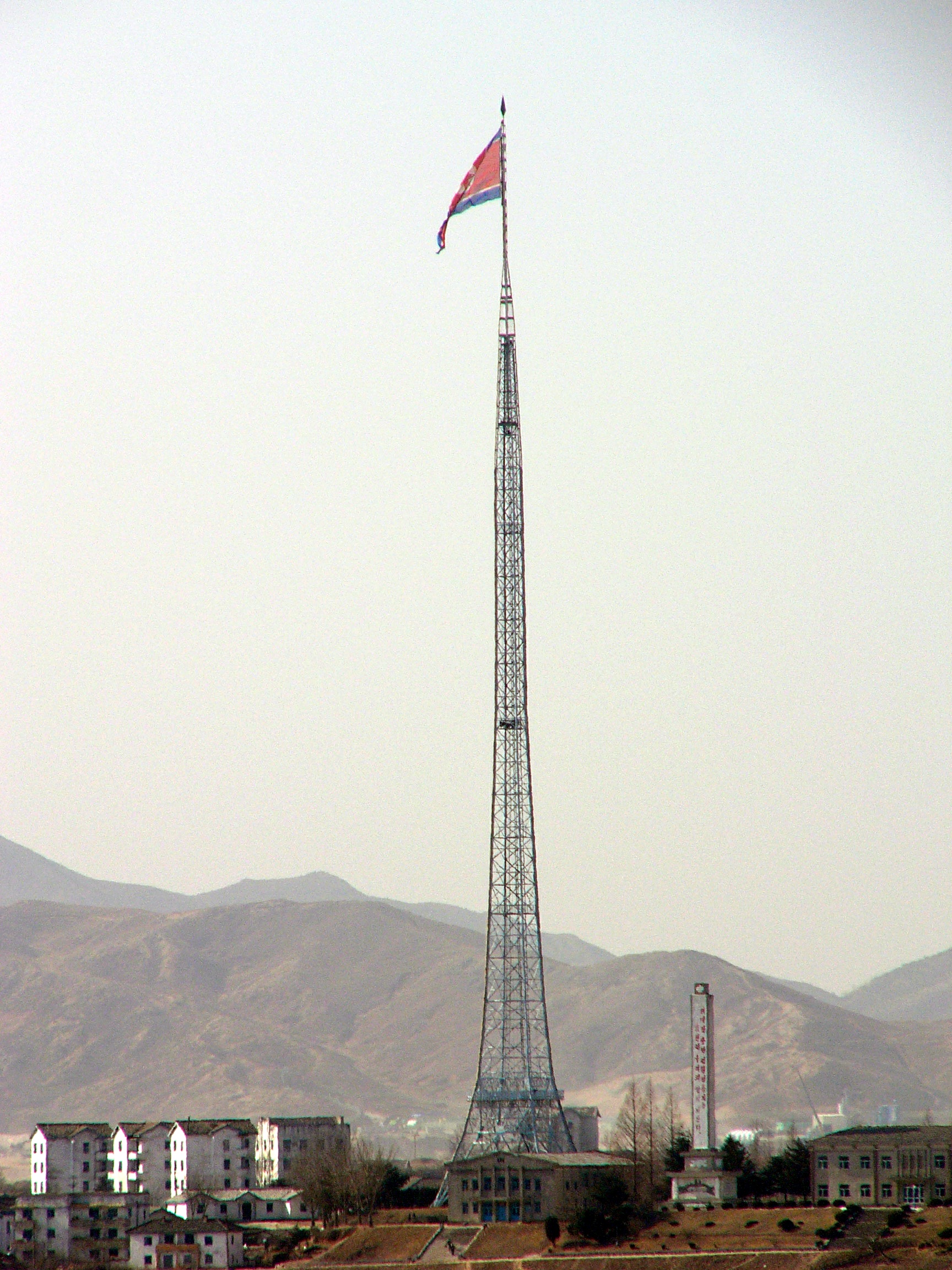|
List Of Flagpoles By Height
This list of flagpoles by height includes completed flagpoles which are either free–standing or supported, excluding the height of any pedestal (plinth), building, or other Platform mound, base platform which may elevate them. Due to the list's incomplete nature, flagpoles shorter than are not ranked. See also * List of tallest bridges * List of tallest buildings * List of tallest structures References Further reading * Hartvingsen, John M. (2012).Utah’s Mammoth Statehood Flag . ''Raven: A Journal of Vexillology''. 19: pp. 28, 41-43 {{DEFAULTSORT:Flagpoles by height Lists of tallest structures, Flagpoles Tourism-related lists of superlatives, Flagpoles Flagpoles ... [...More Info...] [...Related Items...] OR: [Wikipedia] [Google] [Baidu] [Amazon] |
Pedestal
A pedestal or plinth is a support at the bottom of a statue, vase, column, or certain altars. Smaller pedestals, especially if round in shape, may be called socles. In civil engineering, it is also called ''basement''. The minimum height of the plinth is usually kept as 45 cm (for buildings). It transmits loads from superstructure to the substructure and acts as the retaining wall for the filling inside the plinth or raised floor. In sculpting, the terms base, plinth, and pedestal are defined according to their subtle differences. A base is defined as a large mass that supports the sculpture from below. A plinth is defined as a flat and planar support which separates the sculpture from the environment. A pedestal, on the other hand, is defined as a shaft-like form that raises the sculpture and separates it from the base. An elevated pedestal or plinth that bears a statue, and which is raised from the substructure supporting it (typically roofs or corniches), is some ... [...More Info...] [...Related Items...] OR: [Wikipedia] [Google] [Baidu] [Amazon] |
Dushanbe Flagpole
The Dushanbe Flagpole (; ) is a free–standing flagpole located in front of the Palace of Nations in Dushanbe, Tajikistan. At , it was the tallest flagpole in the world from its completion in 2011 until the 2014 erection of the Jeddah Flagpole. It is now the fifth tallest flagpole in the world. It flies a flag of Tajikistan weighing . Construction The flagpole consists of 12-metre sections of steel tube fitted together by crane. The design phase for the flagpole began in July 2009. Fabrication of the pole's sections was completed in Dubai Dubai (Help:IPA/English, /duːˈbaɪ/ Help:Pronunciation respelling key, ''doo-BYE''; Modern Standard Arabic, Modern Standard Arabic: ; Emirati Arabic, Emirati Arabic: , Romanization of Arabic, romanized: Help:IPA/English, /diˈbej/) is the Lis ... in October 2010. The sections were then shipped to Dushanbe, where construction of the flagpole began on November 24, 2010, Tajikistan's National Flag Day. The final assembly and erection ... [...More Info...] [...Related Items...] OR: [Wikipedia] [Google] [Baidu] [Amazon] |
Aqaba Flagpole
The Aqaba Flagpole in Aqaba, Jordan is a tall flagpole. This height makes it the ninth tallest free–standing and tenth tallest flagpole in the world. It was the tallest free–standing flagpole in the world until being surpassed by the tall Ashgabat Flagpole in 2008. It carries the flag of the Arab Revolt commemorating the Battle of Aqaba that took place in 1917. The flagpole can be seen from Israel, Egypt, and Saudi Arabia Saudi Arabia, officially the Kingdom of Saudi Arabia (KSA), is a country in West Asia. Located in the centre of the Middle East, it covers the bulk of the Arabian Peninsula and has a land area of about , making it the List of Asian countries .... The flagpole was built in 2004 and opened on 3 October 2004. Information Technical data ''Pole height'': 130 meters (427 feet) ''Pole weight'': 344,000 pounds (156 tonnes) ''Number of pole sections'': 11 ''Bottom of pole diameter'': 103 inches (2.6 metres) ''Top of pole diameter'': 4 ... [...More Info...] [...Related Items...] OR: [Wikipedia] [Google] [Baidu] [Amazon] |
Ashgabat
Ashgabat (Turkmen language, Turkmen: ''Aşgabat'') is the capital city, capital and largest city of Turkmenistan. It lies between the Karakum Desert and the Kopet Dag, Kopetdag mountain range in Central Asia, approximately 50 km (30 mi) away from the Iran-Turkmenistan border. The city has a population of 1,030,063 (2022 census). The city was founded in 1881 on the basis of an Ahal Teke (Turkmen tribe), Teke tribal village, and made the capital of the Turkmen Soviet Socialist Republic in 1924 when it was known as Poltoratsk. Much of the city was destroyed by the 1948 Ashgabat earthquake, but has since been extensively rebuilt under the rule of Saparmurat Niyazov's "White City" urban renewal project, resulting in monumental projects sheathed in costly white marble. The Soviet-era Karakum Canal runs through the city, carrying waters from the Amu Darya from east to west. Today, as the capital of an independent Turkmenistan, Ashgabat retains a multiethnic population, wi ... [...More Info...] [...Related Items...] OR: [Wikipedia] [Google] [Baidu] [Amazon] |
Ashgabat Flagpole
The Ashgabat Flagpole () is a flagpole in Ashgabat, Turkmenistan. It is tall, making it the eighth tallest free–standing and ninth tallest flagpole in the world. It was erected on 29 June 2008. It was the tallest free–standing flagpole in the world until being surpassed by the National Flagpole in Azerbaijan on 1 September 2010. The Vice-president of the Guinness Book of World Records at the time, Greig Glenday, came to Ashgabat as a witness, and handed over a certificate of the record. The flagpole flies a flag of Turkemenistan which weighs . The flagpole was built by the Turkish construction company Polimeks. who hired the specialist flagpole company, Trident Support Flagpoles based in Dubai, UAE, for the design and construction of the flagpole. The flagpole was Trident's 4th Gunniss World Record flagpole. The ceremonial raising of the flag on 29 June 2008 was attended by members of the Turkmen government, representatives of public organisations, the media, and the ... [...More Info...] [...Related Items...] OR: [Wikipedia] [Google] [Baidu] [Amazon] |
Tehran
Tehran (; , ''Tehrân'') is the capital and largest city of Iran. It is the capital of Tehran province, and the administrative center for Tehran County and its Central District (Tehran County), Central District. With a population of around 9.8 million in the city as of 2025, and 16.8 million in the metropolitan area, Tehran is the List of largest cities of Iran, most populous city in Iran and Western Asia, the Largest metropolitan areas of the Middle East, second-largest metropolitan area in the Middle East after Cairo, and the 24th most populous metropolitan area in the world. Greater Tehran includes several municipalities, including, Karaj, Eslamshahr, Shahriar, Tehran province, Shahriar, Qods, Iran, Qods, Malard, Golestan, Tehran, Golestan, Pakdasht, Qarchak, Nasimshahr, Parand, Pardis, Andisheh and Fardis. In the classical antiquity, part of the territory of present-day Tehran was occupied by Rhages (now Ray, Iran, Ray), a prominent Medes, Median city almost entirely des ... [...More Info...] [...Related Items...] OR: [Wikipedia] [Google] [Baidu] [Amazon] |
Holy Defence Garden Museum Flagpole
Sacred describes something that is dedicated or set apart for the service or worship of a deity; is considered worthy of spiritual respect or devotion; or inspires awe or reverence among believers. The property is often ascribed to objects (a " sacred artifact" that is venerated and blessed), or places (" sacred ground"). French sociologist Émile Durkheim considered the dichotomy between the sacred and the profane to be the central characteristic of religion: "religion is a unified system of beliefs and practices relative to ''sacred things'', that is to say, things set apart and forbidden." Durkheim, Émile. 1915. ''The Elementary Forms of the Religious Life''. London: George Allen & Unwin. . In Durkheim's theory, the sacred represents the interests of the group, especially unity, which are embodied in sacred group symbols, or using team work to help get out of trouble. The profane, on the other hand, involve mundane individual concerns. Etymology The word ''sacred'' des ... [...More Info...] [...Related Items...] OR: [Wikipedia] [Google] [Baidu] [Amazon] |
Salon (website)
''Salon'' is an American politically progressive and liberal news and opinion website created in 1995. It publishes articles on U.S. politics, culture, and current events. Content and coverage ''Salon'' covers a variety of topics, including reviews and articles about books, films, and music; articles about "modern life", including friendships, human sexual behavior, and relationships; and reviews and articles about technology, with a particular focus on the free and open-source software (FOSS) movement. According to the senior contributing writer for the ''American Journalism Review'', Paul Farhi, ''Salon'' offers "provocative (if predictably liberal) political commentary and lots of sex." In 2008, ''Salon'' launched the interactive initiative '' Open Salon'', a social content site/blog network for its readers. Originally a curated site with some of its content being featured on ''Salon'', it fell into editorial neglect and was closed in March 2015. Responding to the qu ... [...More Info...] [...Related Items...] OR: [Wikipedia] [Google] [Baidu] [Amazon] |
Kaesong
Kaesong (, ; ) is a special city in the southern part of North Korea (formerly in North Hwanghae Province), and the capital of Korea during the Taebong kingdom and subsequent Goryeo dynasty. The city is near the Kaesong Industrial Region close to the border with South Korea and contains the remains of the Manwoldae palace. Called Songdo while it was the ancient capital of Goryeo, the city prospered as a trade centre that produced Korean ginseng. Kaesong now functions as North Korea's light industry centre. During the Japanese occupation from 1910 to 1945, the city was known by the Japanese pronunciation of its name, "Kaijō". Between 1945 and 1950, Kaesong was part of South Korea and under its control. During the Korean War, North Korea captured the city, and the 1953 Korean Armistice Agreement left the city under North Korean control. Due to the city's proximity to the border with South Korea, Kaesong has hosted cross-border economic exchanges between the two countrie ... [...More Info...] [...Related Items...] OR: [Wikipedia] [Google] [Baidu] [Amazon] |
Kijong-dong
Kijŏng-dong, Kijŏngdong, Kijŏng tong or Kaepoong is reportedly a Potemkin village in P'yŏnghwa-ri (), Panmun-guyok, Kaesong Special City, North Korea. It is situated in the North's half of the Korean Demilitarized Zone (DMZ). Also known in North Korea as ''Peace Village'' (),"APK İndirelim" November 12, 2006 it has been widely referred to as 'Propaganda Village' () by those outside North Korea, especially in n and Western media. Kijŏng-dong is one of two villages permitted to remain in the wide DMZ set up under the 1953 armistice du ... [...More Info...] [...Related Items...] OR: [Wikipedia] [Google] [Baidu] [Amazon] |





